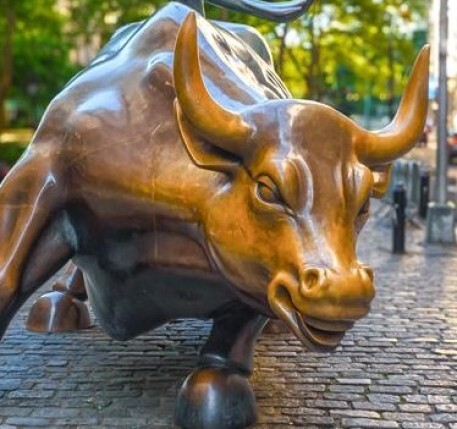Regardless of the variant, be it Delta or Omicron, inflation and monetary tightening ahead, financial markets have been (and remain) staunchly optimistic to the point of ending 2021 near their all-time high.
On the health front, it is now almost a given that the new Omicron variant, although much more contagious, is less lethal than its predecessors and that vaccines also remain effective in protecting the most serious forms. If the main risk remains a saturation of hospitals, the English example tends rather to show a certain resilience of the hospital system in the face of Omicron. In addition, the new turn of the screw implemented in several countries (vaccination passport in France, outright obligation of vaccination in certain countries and / or for certain categories of the population such as in New York for private sector employees after having already imposed it for city officials) should help contain the spread of the virus. If the new wave of contaminations underway should once again negatively impact growth, investors seem to ignore it completely by projecting an exit from the crisis in 2022 with a catching up of lost growth. However, if it is obvious that the impacts of the new successive waves on the economy are better and better absorbed, we must not neglect the impacts on labor, supply chains and therefore inflation, which will once again be prolonged.
Inflation, and the resulting restrictive monetary policies, will therefore remain at the heart of the news in 2022. Indeed, despite the new wave of contamination underway, the central banks of the main developed countries have taken action to tighten monetary conditions for the coming year with, as often, a much greater pace to be expected from the Fed than its European counterpart. So far, the markets have been rather calm about this perspective. It must be said that Jerome Powell and Christine Lagarde have so far been skillful enough in their communication to avoid any sudden comeback. However, if we are not champions of the massive rise in interest rates (cf the consistency of our position expressed for years on the topic), their current levels nevertheless challenge us, at the least with regards to the level of growth and inflation. Inflation whose temporary nature can only last as long as we are not definitively out of the health crisis.
If it is customary to say that "rates never lie", then one can legitimately wonder why they still remain below their pre-crisis level, despite their recent rise. If the Covid-19 sword of Damocles participates in this glass ceiling, the market seems to continue to believe that central banks will be able to contain inflation and bring it back to the target level of 2%. Risky assets, even bonds, have sailed fairly well in this context in 2021 (see chart of the week): we can bet that the same will be true for this New Year.
We take this opportunity to send you, once again, our best wishes for this New Year.










